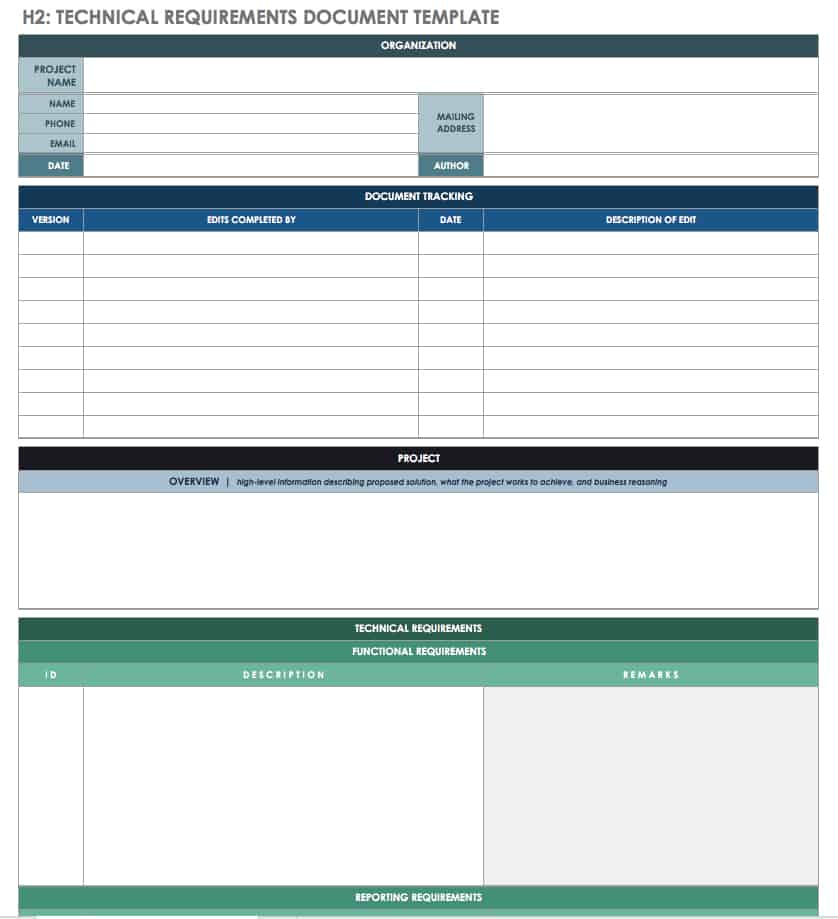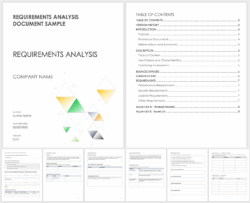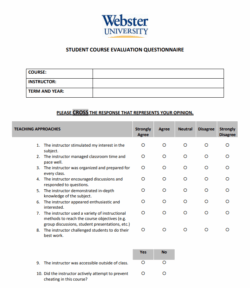Ever started a project brimming with excitement, only to find it veering off course like a runaway train? It happens, and more often than you might think. A common culprit? Poorly defined or entirely missing technical requirements. Think of it like trying to build a house without blueprints. You might get something resembling a house, but it’s unlikely to be structurally sound or meet your needs. That’s where a solid technical requirement documentation template comes in. It’s your project’s blueprint, ensuring everyone is on the same page and building towards the same vision.

This isn’t just about ticking boxes or creating more paperwork; it’s about setting your project up for success. Clear, concise documentation helps prevent misunderstandings, reduces scope creep, and ultimately saves you time and money. Imagine the frustration of developers building a feature only to discover it doesn’t align with the client’s expectations. A good template acts as a central source of truth, a reference point for all stakeholders throughout the project lifecycle.
In this article, we’ll explore what makes a great technical requirement documentation template and how to use it effectively. We’ll break down the key components, discuss best practices, and provide insights to help you create documentation that is both comprehensive and easy to understand. So, let’s dive in and learn how to make your next project a resounding success, armed with the power of well-defined technical requirements.
Why a Robust Technical Requirement Documentation Template is Crucial
Think about the last time you worked on a group project where everyone had a different understanding of the goals. Chaos, right? A technical requirement documentation template solves this problem by providing a standardized way to capture and communicate project needs. It outlines exactly what the system or product should do, how it should behave, and what constraints it must adhere to.
Without a clear set of requirements, developers might misinterpret instructions, testers might not know what to validate, and stakeholders might have unrealistic expectations. This can lead to costly rework, delays, and ultimately, a product that doesn’t meet the intended purpose. A well-structured template acts as a common language, ensuring everyone involved speaks the same terms and understands the project’s objectives.
Moreover, a good template facilitates better communication between different teams. Business analysts, developers, testers, and project managers can all refer to the same document to understand their respective roles and responsibilities. This reduces ambiguity, promotes collaboration, and helps prevent misunderstandings that can derail a project.
The benefits extend beyond the development phase too. The documentation serves as a valuable resource for maintenance and future enhancements. When someone needs to update or modify the system, they can refer to the original requirements to understand the design rationale and avoid introducing unintended consequences. It provides a historical record of the project’s evolution, making it easier to maintain and improve over time.
Furthermore, using a technical requirement documentation template encourages a more structured and disciplined approach to project management. It forces you to think through all the necessary details upfront, identify potential risks early on, and make informed decisions based on a clear understanding of the project’s goals and constraints. This proactive approach helps mitigate problems before they arise, ultimately leading to a more successful outcome.
Key Elements of an Effective Technical Requirement Documentation Template
A truly useful technical requirement documentation template isn’t just a blank form; it’s a structured framework that guides you through the process of capturing and documenting requirements effectively. Several key elements contribute to its overall effectiveness, ensuring that the resulting document is comprehensive, clear, and easy to use.
First and foremost, the template should include a clear and concise statement of the project’s overall goal and objectives. This provides context for all the subsequent requirements and helps everyone understand the “why” behind the project. This section should also include a description of the target audience or users of the system or product.
Next, the template should provide a structured way to document functional requirements, which describe what the system should do. Each requirement should be uniquely identified, clearly stated, and prioritized based on its importance to the project’s success. Use cases, user stories, or other techniques can be used to capture these requirements effectively. It’s important to be specific and avoid vague or ambiguous language.
Beyond functional requirements, the template should also address non-functional requirements, which describe how the system should perform. These include aspects like performance, security, usability, reliability, and scalability. These requirements are often just as important as functional requirements, as they can significantly impact the user experience and the overall success of the project. Again, each requirement should be uniquely identified, clearly stated, and measurable.
Another crucial element is a section for documenting assumptions and constraints. Assumptions are things that are assumed to be true, while constraints are limitations that must be considered during development. Documenting these factors helps to manage expectations and avoid surprises later on. Examples might include assumptions about available resources, technology limitations, or regulatory requirements.
Finally, the template should include a section for tracking changes and revisions to the requirements. This ensures that everyone is working with the latest version of the document and that all changes are properly documented and approved. A version control system can be integrated with the template to further streamline this process.
Ultimately, a well-designed template can save a lot of time and headaches. It’s worth investing the effort to create a technical requirement documentation template that is tailored to your specific needs and that provides a clear and structured framework for capturing and documenting requirements effectively. This will help ensure that your projects are successful and that you deliver the right product to the right users.
By leveraging such a structure, you set your team up for success, minimize the risk of misunderstandings, and create a valuable reference point for everyone involved.
Creating comprehensive documentation using a technical requirement documentation template is an investment that pays dividends throughout the project lifecycle. It fosters clarity, promotes collaboration, and ultimately contributes to delivering a successful outcome that meets the needs of all stakeholders involved.


